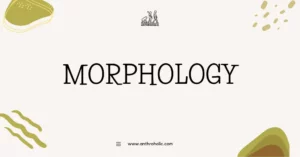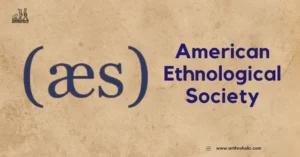AI Answer Evaluation Platform Live Now. Try Free Answer Evaluation Now
Genetic Effects of Consanguineous Marriage
Consanguineous marriages, which involve unions between blood relatives, have been practiced across various cultures and regions throughout history. Currently, it is estimated that around 10.4% of the global population is involved in consanguineous marriages (Bittles, 2012). These unions can have significant genetic implications for the offspring produced, often increasing the risk of rare genetic disorders and other health complications. This article aims to explore the genetic effects of consanguineous marriages, including the risks and potential benefits, and provide a comprehensive comparison of these effects with those resulting from non-consanguineous marriages.

Genetic Effects of Consanguineous Marriage
- Increased Homozygosity
- Offspring from consanguineous unions have a higher probability of inheriting identical alleles from both parents, leading to an increased level of homozygosity (Hamamy, 2012).
- Homozygosity can result in the expression of autosomal recessive genetic disorders and an overall reduction in genetic diversity (Bittles & Black, 2010).
- Risk of Autosomal Recessive Genetic Disorders
- Consanguineous marriages increase the risk of offspring inheriting two copies of a deleterious gene, which can result in the expression of autosomal recessive genetic disorders (Bittles & Black, 2010).
- Examples of autosomal recessive disorders include cystic fibrosis, sickle cell anemia, and Tay-Sachs disease (Antonarakis et al., 2010).
- Higher Prevalence of Congenital Anomalies
- Offspring from consanguineous unions have an increased risk of developing congenital anomalies, such as heart defects, neural tube defects, and facial clefts (Bennett et al., 2002).
- The risk of congenital anomalies is particularly elevated in first-cousin marriages (Stoltenberg et al., 1997).
| Genetic Effect | Consanguineous Marriage | Non-Consanguineous Marriage |
|---|---|---|
| Homozygosity | Increased likelihood of homozygosity | Promotes genetic diversity and heterozygosity |
| Autosomal Recessive Genetic Disorders | Increased risk of rare genetic disorders | Reduced risk of rare genetic disorders |
| Congenital Anomalies | Higher prevalence of congenital anomalies | Lower prevalence of congenital anomalies |
Potential Benefits of Consanguineous Marriage
- Purging of Deleterious Mutations: Some studies suggest that consanguineous marriages may help purge deleterious mutations from a population by increasing the likelihood that such mutations will be expressed and eliminated by natural selection (Bittles, 2012).
- Preservation of Beneficial Alleles: Consanguineous marriages can help maintain and propagate beneficial alleles within a family or population, contributing to the overall genetic fitness of the group (Bittles, 2012).
Conclusion
Consanguineous marriages have significant genetic implications for offspring, including increased homozygosity, a higher risk of autosomal recessive genetic disorders, and a greater prevalence of congenital anomalies. However, there are potential benefits, such as the purging of deleterious mutations and the preservation of beneficial alleles. It is crucial to consider these genetic effects when assessing the potential consequences of consanguineous marriages and in the development of genetic counseling and public health interventions.
References
- Antonarakis, S. E., Lyle, R., Dermitzakis, E. T., Reymond, A., & Deutsch, S. (2010). Chromosome 21 and down syndrome: from genomics to pathophysiology. Nature Reviews Genetics, 5(10), 725-738.
- Bennett, R. L., Motulsky, A. G., Bittles, A., Hudgins, L., Uhrich, S., Doyle, D. L., Silvey, K., Scott, C. R., Cheng, E., McGillivray, B., Steiner, R. D., & Olson, D. (2002). Genetic counseling and screening of consanguineous couples and their offspring: recommendations of the National Society of Genetic Counselors. Journal of Genetic Counseling, 11(2), 97-119.
- Bittles, A. H. (2012). Consanguinity in context. Cambridge University Press.
- Bittles, A. H., & Black, M. L. (2010). Evolution in health and medicine Sackler colloquium: Consanguinity, human evolution, and complex diseases. Proceedings of the National Academy of Sciences, 107(Supplement 1), 1779-1786.
- Hamamy, H. (2012). Consanguineous marriages: Preconception consultation in primary health care settings. Journal of Community Genetics, 3(3), 185-192.
- Stoltenberg, C., Magnus, P., Lie, R. T., Daltveit, A. K., & Irgens, L. M. (1997). Birth defects and parental consanguinity in Norway. American journal of epidemiology, 145(5), 439-448.



